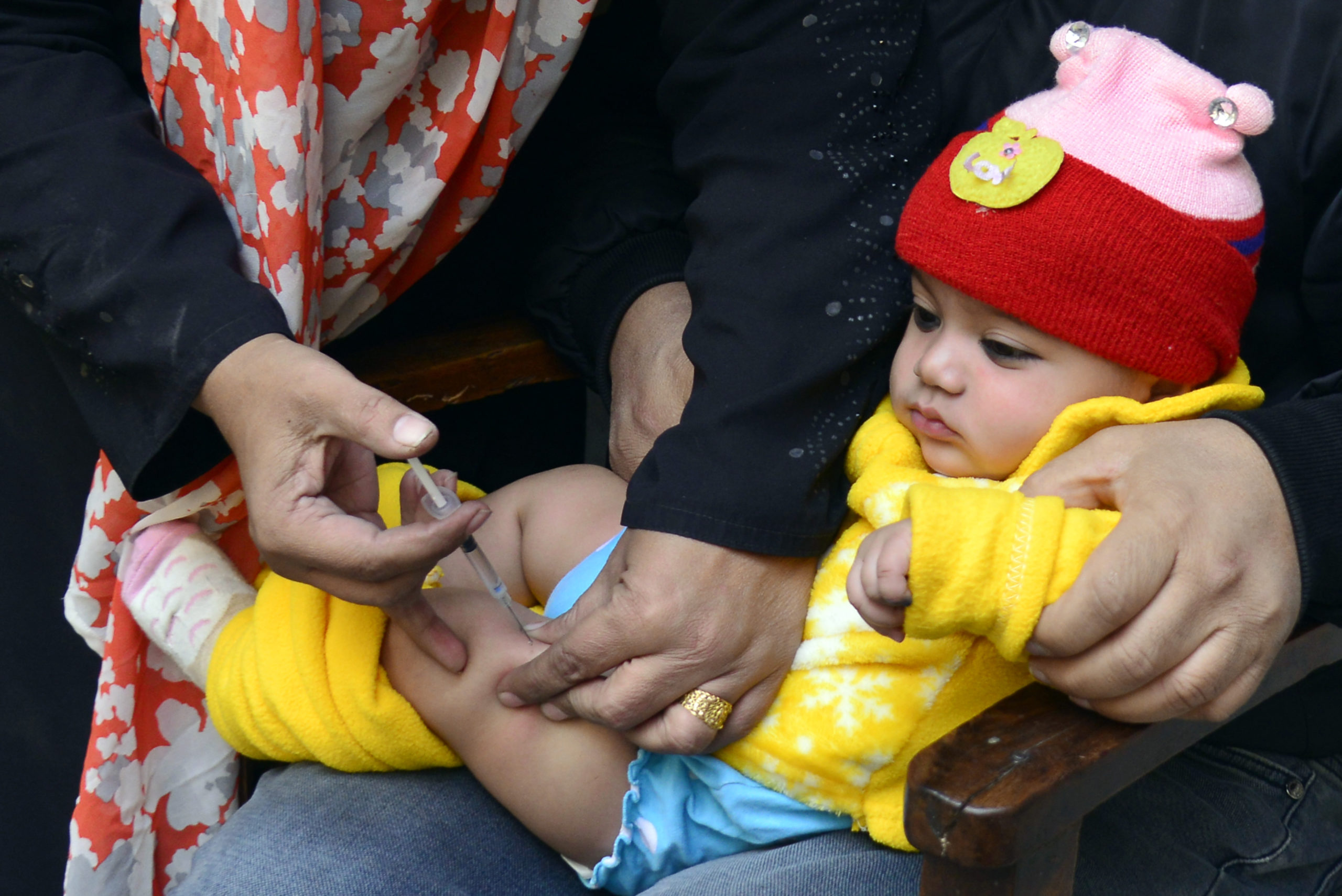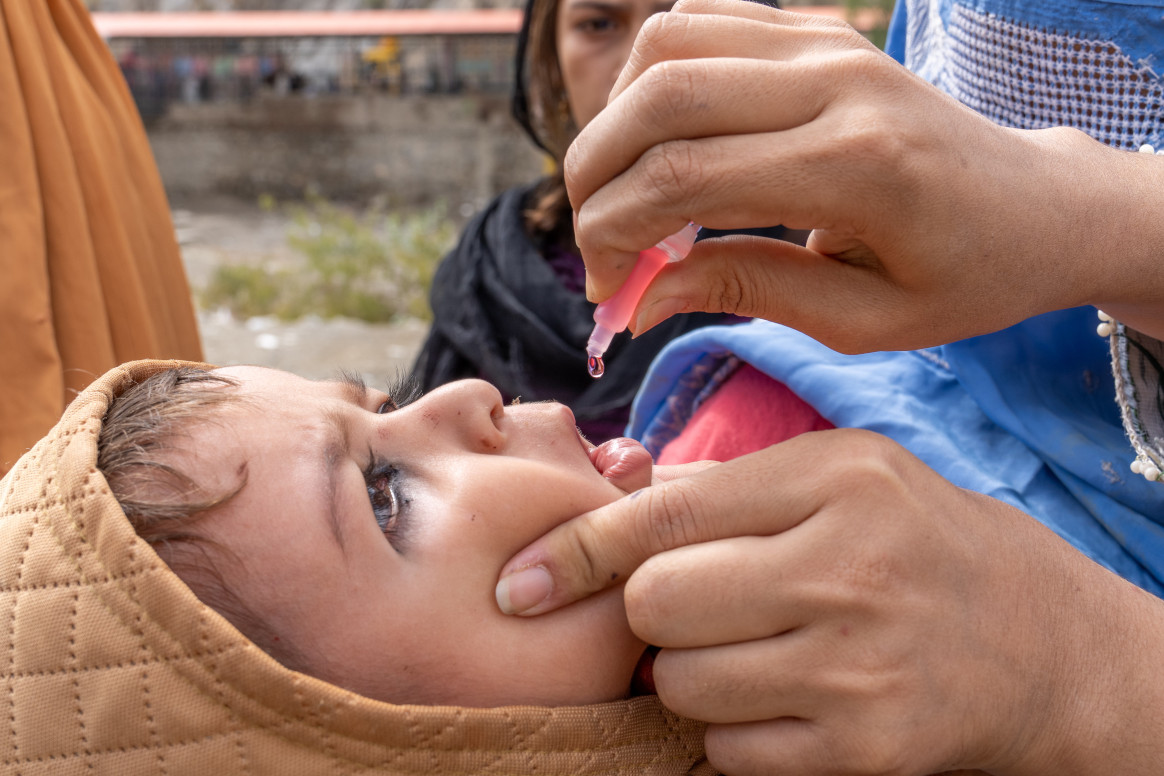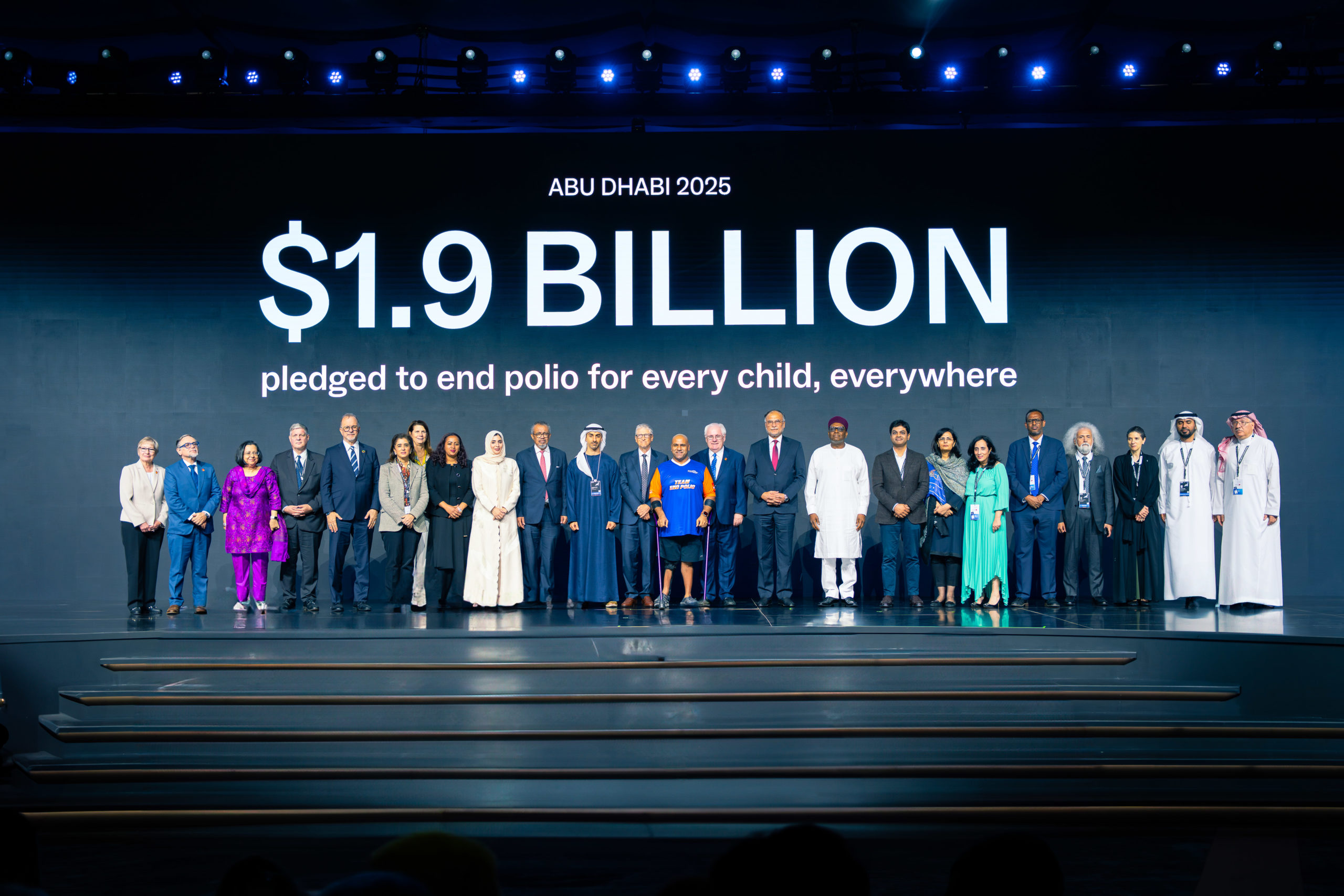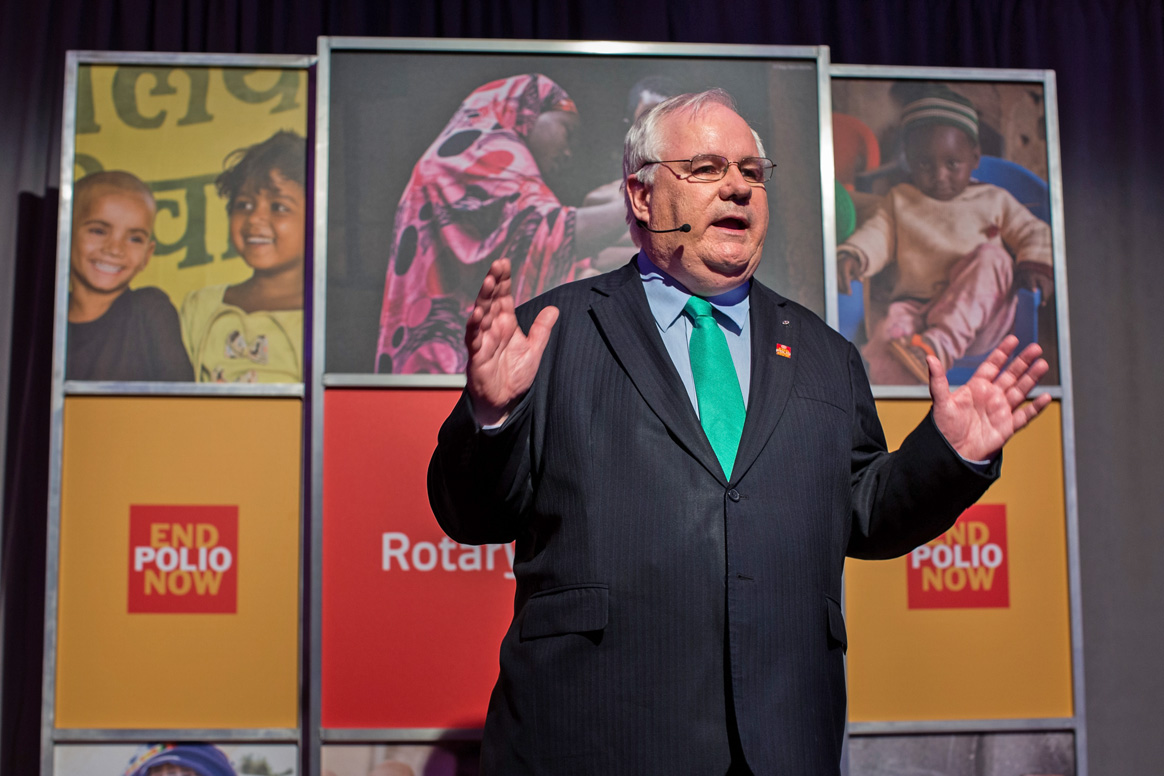The number of ‘inaccessible’ children dropped dramatically in 2012, but campaign quality is still a challenge in the Southern Region, according to the Polio Eradication Initiative Afghanistan’s latest annual report. The report also confirms that most of Afghanistan is seeing consistently high coverage during polio vaccination campaigns.
The report put together by Afghanistan’s Ministry of Public Health, in conjunction with the World Health Organization and UNICEF, highlights the progress achieved across the country but notes that coverage in the Southern Region requires further improvement.
The major challenges hindering efforts in the Southern Region – which includes Helmand and Kandahar, the country’s only remaining polio reservoirs – are stated as being gaps in management and accountability, followed by low community demand and insecurity. An analysis of the reasons for children missing out on the vaccine in the Southern Region found that 20% missed out due to insecurity but 80% were in accessible areas. Some of these children missed out because they were absent or sleeping, pointing to low community demand for vaccination, while others missed out for operational reasons, such as their house not being included in micro-plans.
Dealing with these challenges is a top priority in 2013, with a particular focus on building management capacity and accountability, engaging district and provincial governors to ensure local ownership and increasing coverage of the Immunization Communication Network (ICN).
Other facts of note:
- Afghanistan finished 2012 with just 37 cases of wild poliovirus – down more than 50% on the previous year’s total – and the number of infected districts decreased from 34 in 2011 to 21.
- There has not been a single case of wild poliovirus type 3 (WPV3) in the country in almost three years. The last case of WPV3 was reported back in April 2010.
- Most of the country, except the Southern Region, has maintained high quality vaccination campaigns, reduced the proportion of zero-dose cases (children who have not received a single dose of vaccine) and improved routine immunization coverage.
- Improvements were seen in the Southern Region in 2012, but campaign quality and routine immunization coverage continued to be less than expected and below the level required to stop circulation.
- Insecurity took a backseat to other issues, as the number of inaccessible children dropped from 77,000 in June down to 15,000 in December 2012.
- Vitamin A, deworming tablets and measles vaccines were all delivered alongside polio vaccination campaigns in 2012.
- Innovations like the short interval additional dose strategy (SIADs) and Permanent Polio Teams (PPTs) were successfully implemented in low performing districts.
- A new communications strategy, “Ending polio is my responsibility”, was rolled out to build community demand and instil a sense that Afghans from all walks of life have a role to play in ending polio.
Read the full report [pdf]



